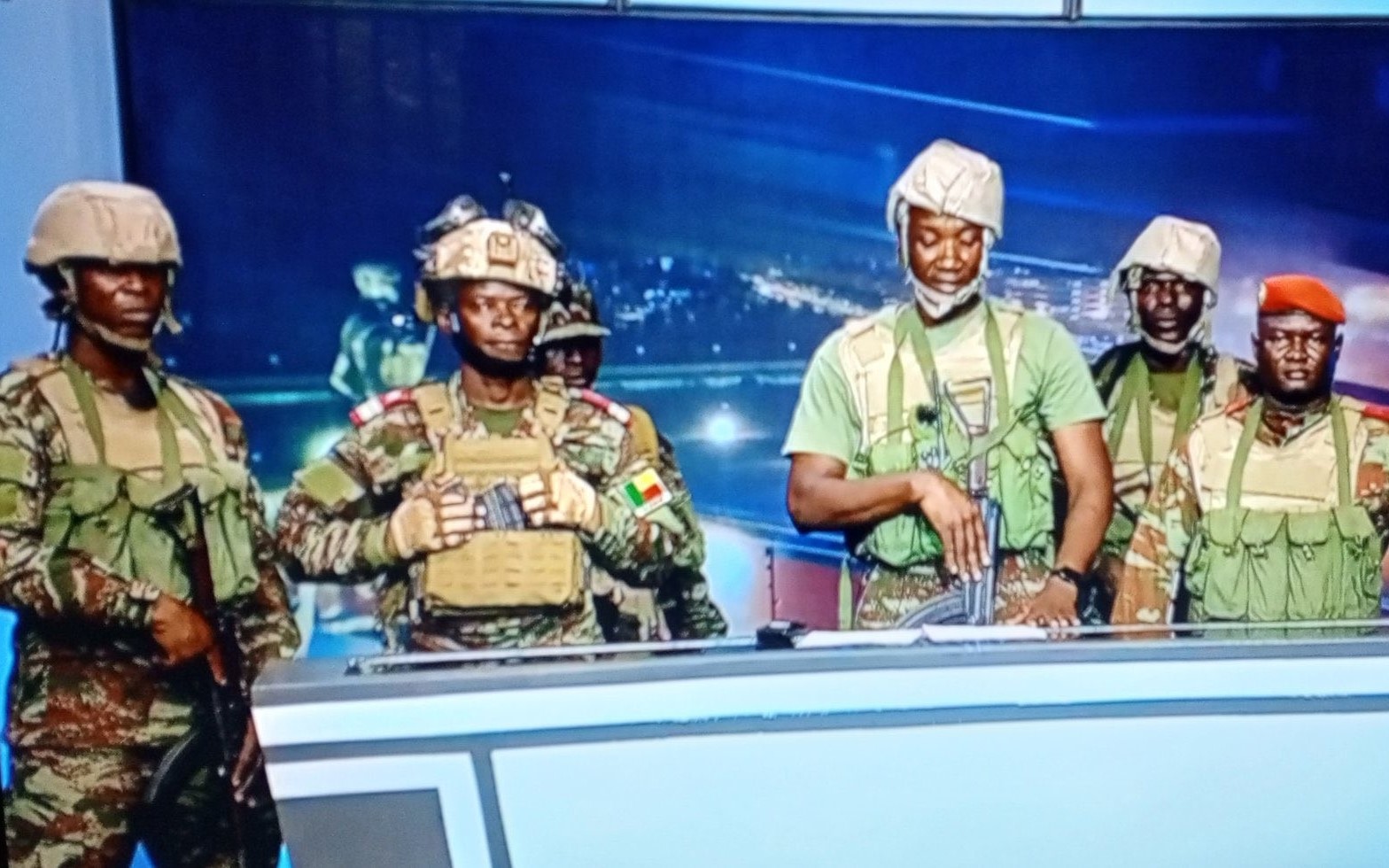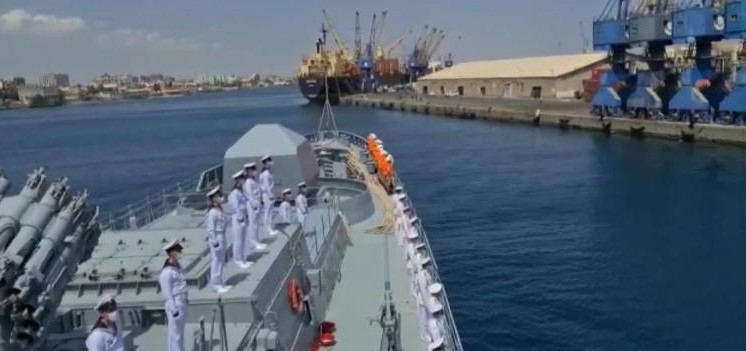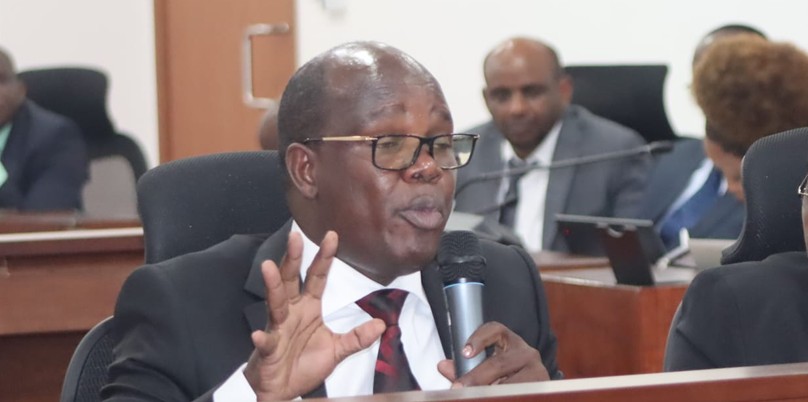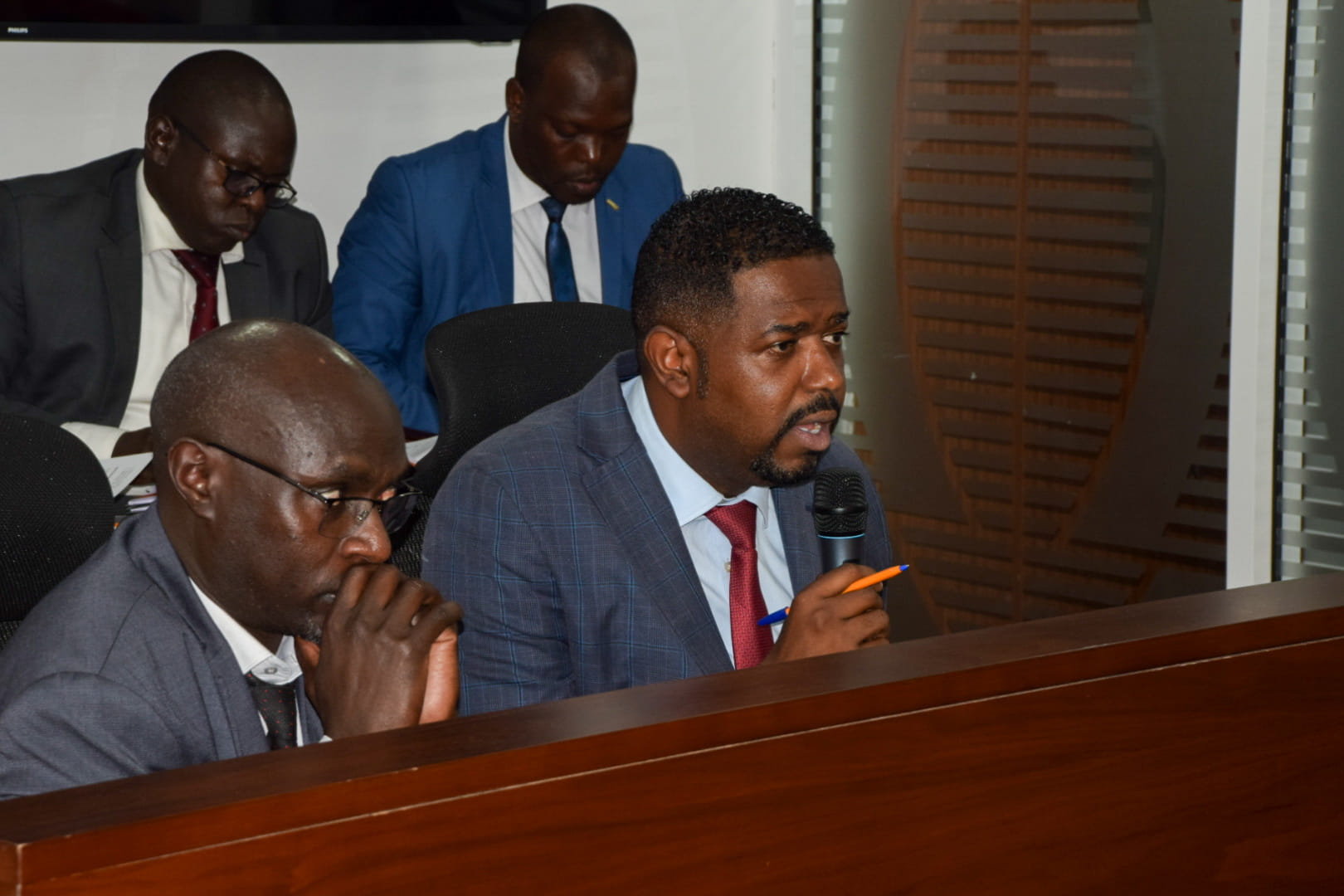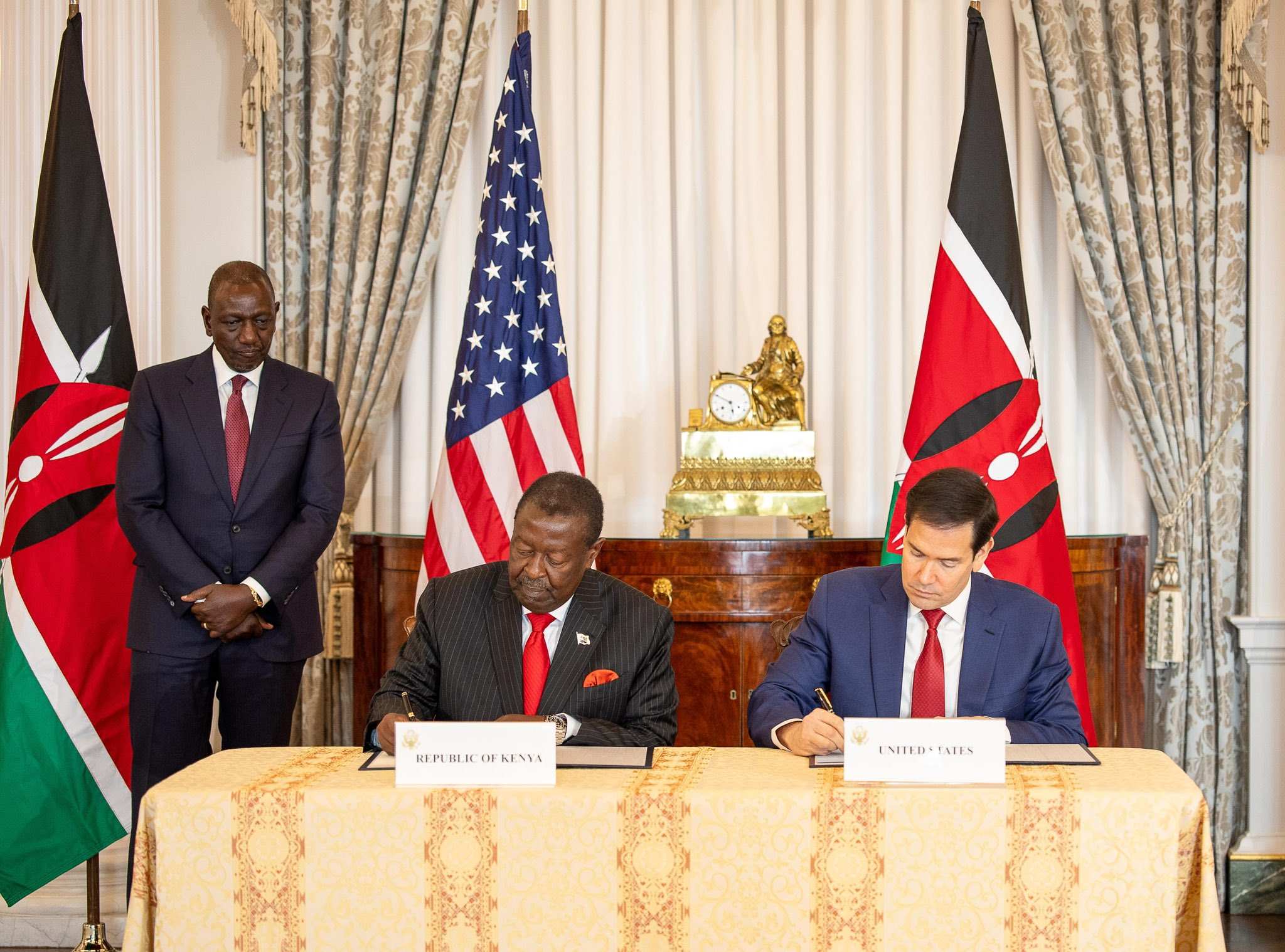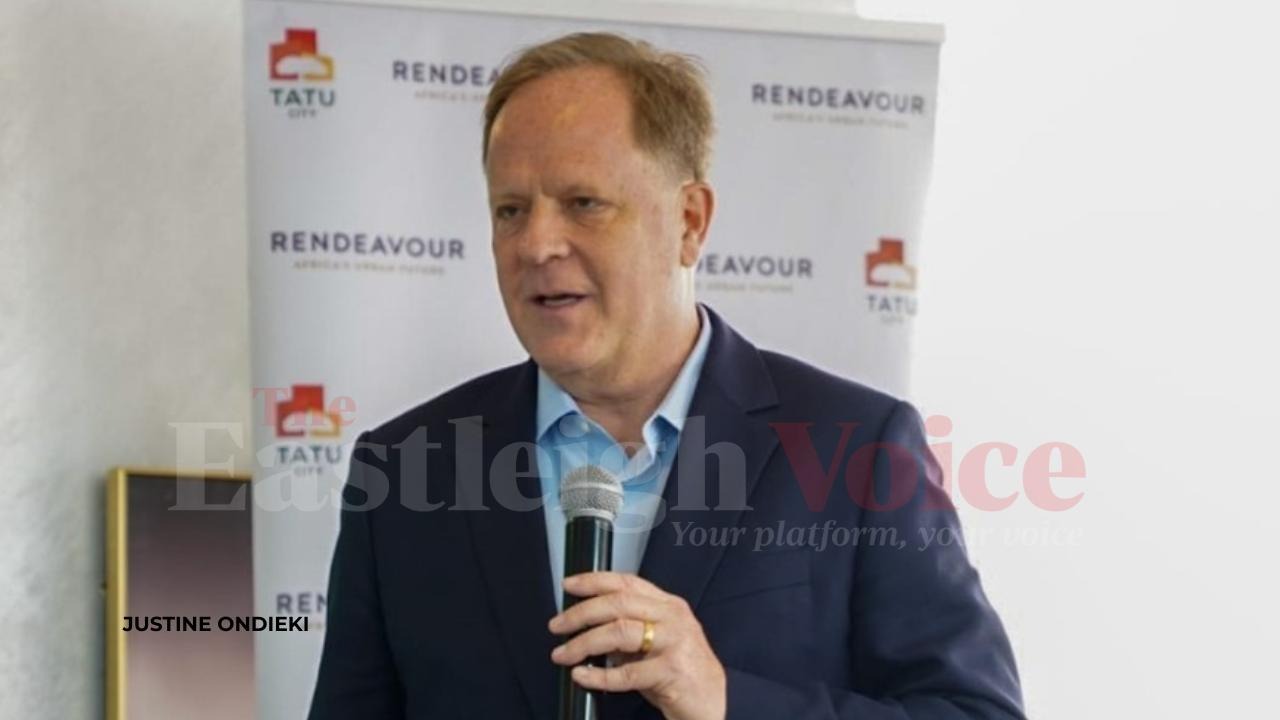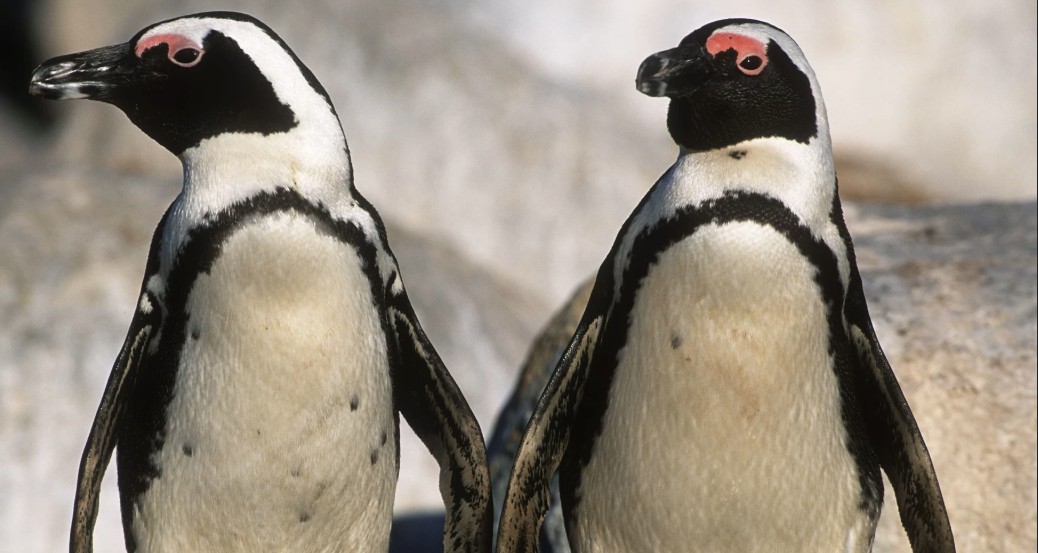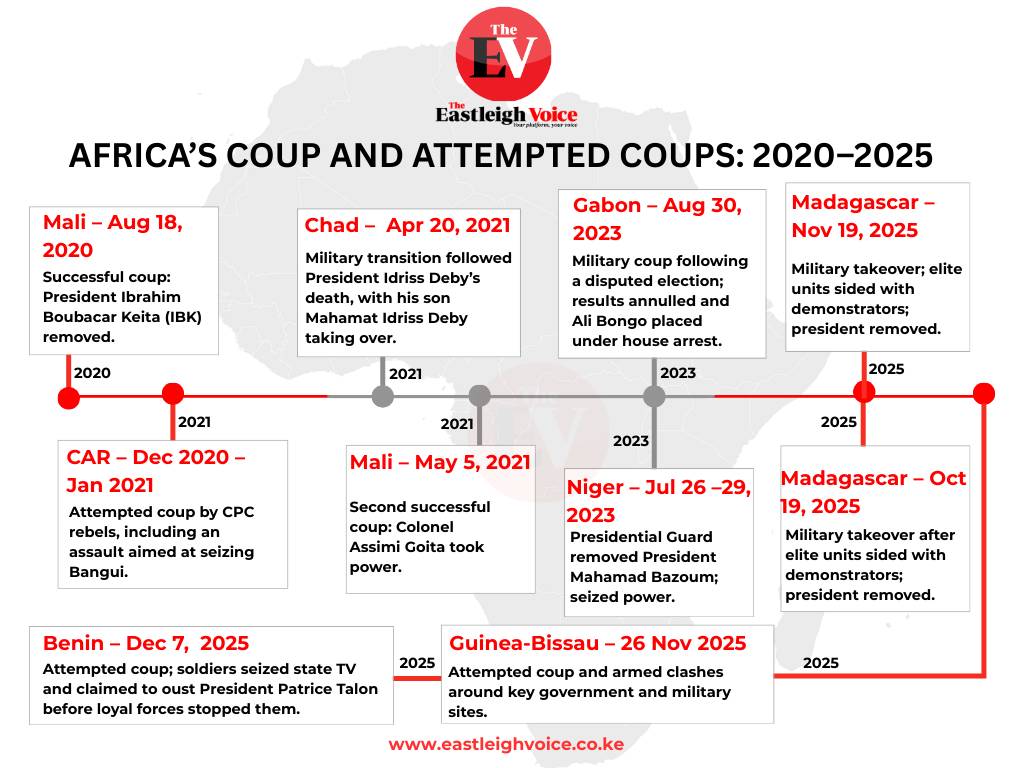Motorist association warns Rironi–Nakuru–Mau Summit Highway expansion to benefit foreign firms, burden taxpayers
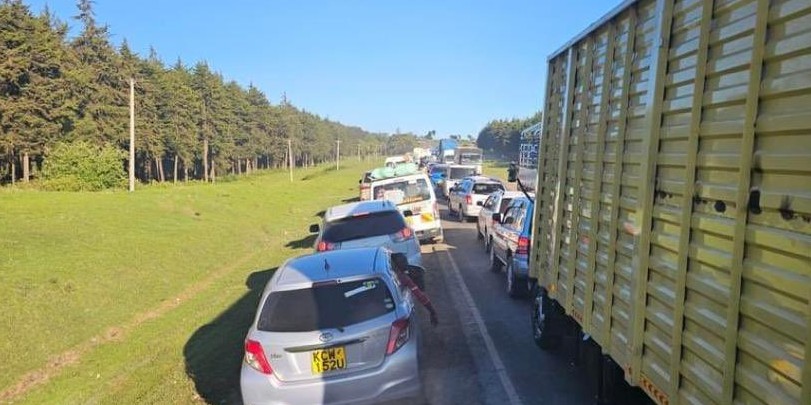
MAK said the proposed PPP arrangement “does not protect taxpayers from long-term fiscal exposure and will only transfer sovereign liability from open budgetary scrutiny into private contracts hidden under commercial secrecy clauses.”
The Motorist Association of Kenya (MAK) has opposed the Public-Private Partnership (PPP) plan to expand the 233-kilometre Rironi–Nakuru–Mau Summit Highway, warning that the toll-based model will expose taxpayers to hidden long-term liabilities while benefiting foreign entities.
In a statement, MAK said the proposed PPP arrangement “does not protect taxpayers from long-term fiscal exposure and will only transfer sovereign liability from open budgetary scrutiny into private contracts hidden under commercial secrecy clauses.”
More To Read
- Government road repairs fall to six-year low as funding cuts bite
- Ruto says Kenya can attain first-world status within three decades
- Petition filed to stop multi-billion Rironi–Nakuru–Mau Summit road project
- President Ruto launches Nairobi–Nakuru–Mau Summit, Maai Mahiu–Naivasha road projects
- Major traffic disruption expected during Friday's Rironi-Nakuru-Mau Summit Highway launch
- Kenya unveils 10-year plan to dual 2,500km of roads, tarmac 28,000km
“In reality, the ‘Build-Operate-Transfer’ (BOT) concession locks the Government into indirect liabilities, denominated in foreign currency, through guaranteed minimum traffic volumes, step-in rights, and revenue assurances hidden in side agreements,” the Association said.
“When the investor underperforms, the burden inevitably reverts to the taxpayer, just as seen in SGR’s shadow financing and power purchase agreements.”
The association argued that Kenyan roads are already funded through the Road Maintenance Levy Fund (RMLF) and fuel taxes.
“Kenya currently collects over Sh100 billion annually through RMLF. These funds, combined with excise and fuel VAT, are more than adequate for road maintenance and upgrades. The problem is mismanagement, not shortage,” the Association added.
It also criticised recent fuel tax increases from Sh18 to Sh25 per litre by the Energy and Petroleum Regulatory Authority (EPRA), terming it a tolling “double taxation” and a violation of Articles 10, 201, and 232 of the Constitution requiring equity, transparency and prudent management of public resources.
MAK further raised concerns over China Road and Bridge Corporation (CRBC) being the preferred bidder, noting that the firm is a Chinese government entity rather than a private investor.
“CRBC is not a private investor but an arm of the Chinese state, operating within Beijing’s Belt and Road geopolitical strategy. This model entrenches economic dependency and strategic capture, placing Kenya’s critical transport corridor, linking Mombasa Port to Uganda, Rwanda, and Congo, under indirect Chinese leverage. This is not an investment; it is economic colonisation dressed as development,” the Association said.
MAK noted that traffic surveys show minimal congestion between Nairobi and Naivasha due to SGR freight diversion, arguing that only the Naivasha–Nakuru–Mau Summit section requires rehabilitation, which can be funded using RMLF resources.
The Association has also called for the suspension of the PPP deal, public disclosure of all concession agreements, feasibility studies, traffic projections and an independent audit of the RMLF.
The statement comes after the Directorate of Public Private Partnerships (PPP) Director Kefa Seda defended the plan. He said the highway will remain fully owned by the government and that CRBC’s and National Social Security Fund (NSSF) involvement represents financing support, not privatisation.
“This highway is a strategic national asset and remains under full ownership and jurisdiction of the Government of Kenya. The PPP model allows private players to finance and maintain infrastructure for a defined period, but overall control, regulation, and policy direction remain with the State,” Seda said.
He added that the road sector requires an estimated Sh4 trillion over the next decade, an amount unattainable through tax revenue or traditional borrowing. The Kenya National Highways Authority (KeNHA) confirmed that design work is underway and construction is expected to start in the coming months, following a feasibility study showing the urgent need to expand the busy Nairobi–Nakuru corridor.
The National Treasury also noted that the PPP model spreads financing and operational risk, protects taxpayers from long-term liabilities, and aligns tolls with usage to ensure fair cost distribution. Toll revenues will be ring-fenced for maintenance, safety, lighting and emergency response, with excess revenue reverting to the government.
Other Topics To Read
The Treasury emphasised that the Rironi–Nakuru–Mau Summit Highway remains a national asset, entirely under Kenyan jurisdiction, and the project will follow transparent public procedures under the PPP Act, 2021.
Top Stories Today


